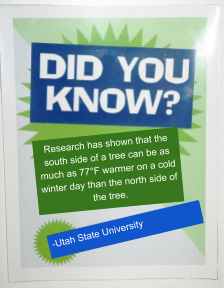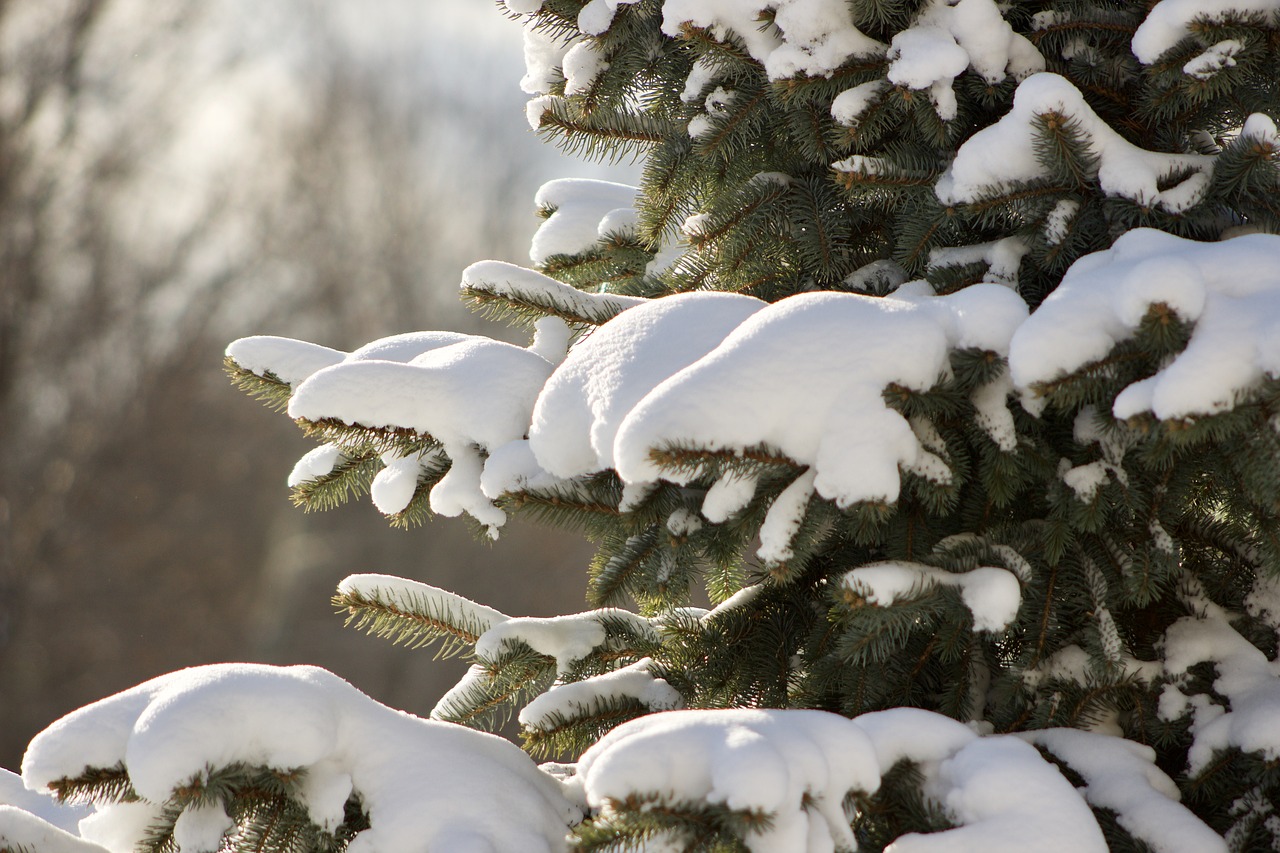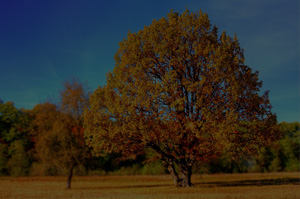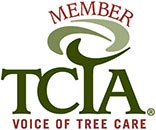Winter months bring ice, snow, cold temps, and the threat of winter damage to your trees. Despite the fact that your trees are “sleeping” this time of year, they are not immune to the hazards of the winter season. Though they are susceptible to injury in the cold months, the effects are often not known until spring. Here are some specific events that can cause damage to your trees throughout the winter.
Extremely Low Temperatures
Every tree has a tolerance, and when temperatures drop below a tree’s tolerance, damage can occur. Warm weather trees that are transplanted to colder climates may not be able to withstand record-cold days. The hardiness zone, which is a geographically defined area for which plant life is capable of growing, provides a rough guide for landscapers and gardeners to know the temperature ranges that plants and trees can withstand.
Fluctuating Temperatures
Abrupt shifts in temperatures can lead to sunscald and frost cracking. Sunscald is an injury in which living cells just inside the outer bark are damaged by day-to-night temperature fluctuations. When the sun warms up the exposed bark on sunny days it awakens the dormant cells within the tree. These newly activated cells are then injured when temperatures drop below freezing during the nighttime hours. The bark slowly darkens, turns reddish-brown, and becomes rough before cracking and falling away. Sunscald is also known as Southwest Winter injury as the portion of the tree facing south and southwest warms the most because of direct sunlight, and thus, more susceptible to injury than other parts of the tree.
Frost cracks (also called radial shakes) are vertical cracks that form in the bark and also occur from a sharp drop in temperature. Like sunscald, this injury is most common on the south or west side of a tree, and young trees with thin bark are most susceptible. As the sun sets and the temperatures drop the tree bark contracts. Because the inner layer of bark is more insulated, the outer layer of bark cools and contracts faster. This disproportional contraction between the outer and inner layers of wood creates pressure between these two zones, ultimately leading to the wood cracking. Once a frost crack occurs on a tree, it is likely to appear annually.
Limb Breakage
The addition of snow and ice during winter months can create more weight and increase the risk of limbs breaking. Having your trees properly pruned and removing dead limbs will reduce this liability. If an ice storm occurs it is best to be patient. Let the snow and ice melt because trees that are bent but not broken by the weight of ice, will often recover without special care. But any tree that is visibly damaged, leaning, or the crown has been lost, will require a certified arborist to assess the damage and health of the tree.
Winter Burn on Evergreens
Like human skin, trees can struggle to find enough moisture during the winter months. Low moisture levels in the air and soil create an arid environment. And evergreens are particularly vulnerable to winter burn. With less water available to the tree during winter months, the tree takes moisture from its own cells. This leads to damage and brown or red foliage. Winter burn can be prevented through sufficient fall watering or by planting evergreens in areas where they will be protected from the wind and sun. Also, an antitranspirant or anti-desiccant can be applied to the tree to help reduce transpiration and minimize damage to the foliage.
When dealing with any tree damage during any season, reach out to the experts at Precision Landscape and Tree. Their certified arborists can assess any damage and provide a professional assessment of the health of any tree.
Related Article: How to Protect Trees & Shrubs from Winter Damage











